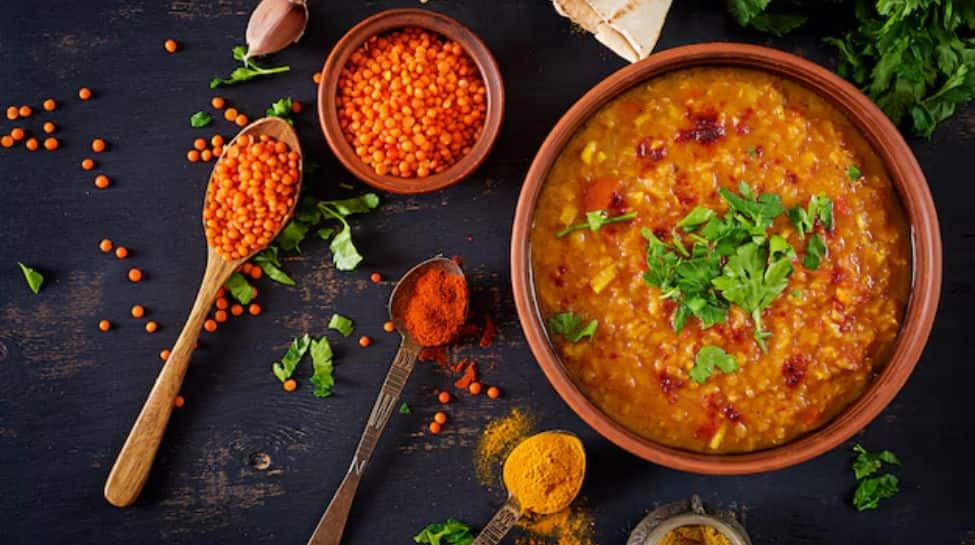Makar Sankranti is one of the most widely celebrated festivals in India, marking the transition of the Sun into Capricorn. Celebrated with great enthusiasm across the country, this festival marks the end of winter and the beginning of the harvest season. While Makar Sankranti is celebrated with different customs and rituals in different regions, a common tradition seen in many parts of India is the preparation and consumption of Khichdi. This humble, yet delicious dish of rice and lentils holds important cultural, religious and health meanings when enjoyed during festivals.
Nutrition and seasonal importance
Makar Sankranti marks the arrival of the winter harvest season, the time when crops such as rice, sesame and pulses are gathered. Khichdi made from a mixture of rice and lentils is a nutritious, easily digestible food that provides balanced nutrition. The ingredients used in khichdi provide warmth to the body, which is especially beneficial as the chill of winter begins to subside.
In many regions, the festival coincides with a shift toward a more balanced and health-conscious diet. Khichdi is light on the stomach as well as nutritious, making it the perfect meal during the transition from winter to spring. It is also known for its digestive benefits, which aid in detoxification of the body, which is why it is often recommended after long days of feasting.
Khichdi is a symbol of simplicity and humility
In many traditions, Khichdi is considered not just a food item but a symbol of simplicity and humility. While the festival of Makar Sankranti often involves much celebration and lavish food, the choice of Khichdi reflects the importance of humility and modesty. It’s a reminder that life, like food, should be approached with balance and moderation.
The simplicity of the dish, usually with only a little salt and ghee, symbolizes a life lived without excess – focusing on the essentials, be it in terms of food, behavior or even spirituality . It is believed that eating Khichdi on Makar Sankranti helps people connect with the idea of simplicity and maintain a grounded outlook in life.
Ritual and religious significance
The process of making and eating Khichdi also has religious significance. In some regions, Makar Sankranti is a time to pay homage to the Sun God (Surya), as it marks the day when the Sun begins to move north, marking the beginning of the period of daylight. The entry of Sun into Capricorn is considered auspicious and special prayers are offered for health, prosperity and well-being of loved ones.
Offering khichdi during prayers or sharing it with family and friends is believed to bring good luck. At many places, people also donate khichdi to the needy, embodying the spirit of charity and community, which are essential aspects of Makar Sankranti. This practice is based on the belief that khichdi brings blessings to both the giver and the taker.
relationship with crop
Since Makar Sankranti is closely associated with the harvest season, especially in agricultural communities, Khichdi also symbolizes the joy of a successful harvest. The ingredients used in khichdi—such as rice and lentils—are often freshly harvested crops. The preparation of this dish during the festival serves as a tribute to the hard work of farmers and the abundance of the earth.
In some states like Uttar Pradesh and Bihar, the dish is called “Til Khichdi”, where sesame seeds are added for additional flavor and symbolism. Sesame seeds are another ingredient associated with Makar Sankranti, symbolizing health, longevity and prosperity. It is believed that offering sesame and khichdi together purifies the body and soul, marking the beginning of the new season.
A unified tradition throughout India
Khichdi on Makar Sankranti is more than just a food tradition; It is an integrated cultural practice. In different parts of India, the style and ingredients of making khichdi may vary. For example, in Gujarat, it is common to add sweet jaggery and a variety of spices, while in Punjab, it may be served with a pat of butter. Despite regional variations, the basic idea is the same: Khichdi symbolizes nourishment, harmony and prosperity for all.
The tradition of eating Khichdi on Makar Sankranti is a beautiful example of how food goes beyond mere sustenance and becomes a medium of cultural, religious and social expression. Through its simplicity, health benefits and connection to the harvest, Khichdi embodies the spirit of the festival – renewal, gratitude and hope. So, this Makar Sankranti, whether you’re enjoying plain khichdi or one loaded with spices, remember the deep significance behind this humble yet meaningful dish.
(This article is for your general information only. Zee News does not confirm its accuracy or reliability.)
